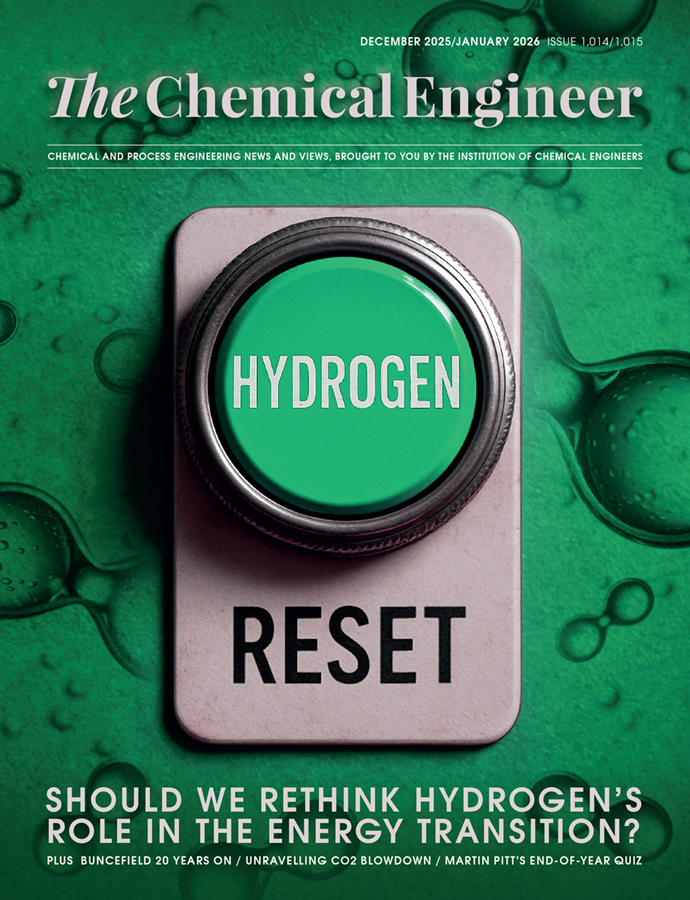US researchers find new route for tyres that have reached the end of the road

USED tyres could one day be recycled to produce epoxy resins according to researchers exploring chemical processes that aim to extract greater value from end-of-life tyres.
In a paper published in Nature, researchers at the University of North Carolina at Chapel Hill, US, have shown at lab scale that they can break down waste rubber in mild ambient conditions to produce precursors for epoxy resins. These have many applications, including adhesives, coatings and composites.
Waste tyres are tricky to recycle because they are made of more than 200 different materials including rubber, carbon black, reinforced fibres, and steel. In Europe, around 95% of used tyres are collected, with 40% incinerated for energy, and the majority of the rest being ground down into rubber granules for use in artificial sports pitches and playground flooring. A fraction is pyrolised into oil and gas but more research is needed to improve the selectivity.
Chapel Hill researchers are focused on more valuable uses. They have used a chemical recycling method that breaks the cross-linking chains that exist within the polymer structure of rubber which helps give tyres their durability. They have used a method called C-H amination that installs amine groups at specific locations in the rubber chains. The second step of the process involves a chemical reaction to reorganise the polymer backbone of rubber, breaking it down into a soluble material with amine groups that could be used to produce epoxy resins.
While various chemical recycling processes are being investigated for treating end-of-life tyres, processes like devulcanisation are not currently developed enough for commercial use.
The team says its method benefits from working at mild temperatures in aqueous conditions and does not rely on expensive metal catalysts. While it could provide another tool in the box for creating greater value from used tyres, the team says it is decades from commercial application.
Team researcher Aleksandr Zhukhovitskiy said: “How much time it would take to advance this technology to that sort of scale depends on availability of funding, which is currently somewhat difficult to predict. If funding were not an issue, ten years would be a reasonable timescale.
“This technology has been demonstrated on the scale of grams, and to advance it to kilograms and tons, we would need to collaborate with chemical engineers to optimise different aspects of the process, including usage of solvent, temperatures, and reaction times, types of reactors, mass and heat transport, and separations. As we scale up, we would need to carefully consider the cost of the process as well, and the potential value of the products we generate.”
Recent Editions
Catch up on the latest news, views and jobs from The Chemical Engineer. Below are the four latest issues. View a wider selection of the archive from within the Magazine section of this site.




